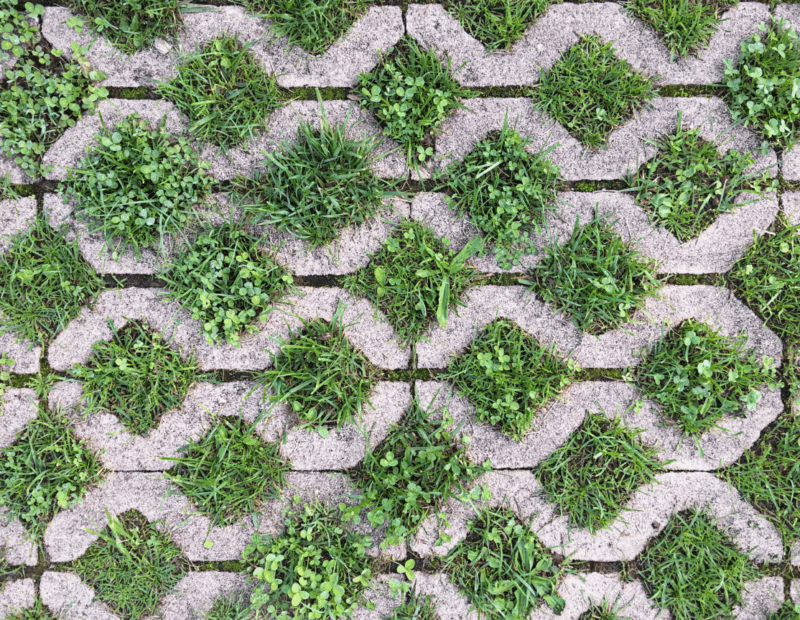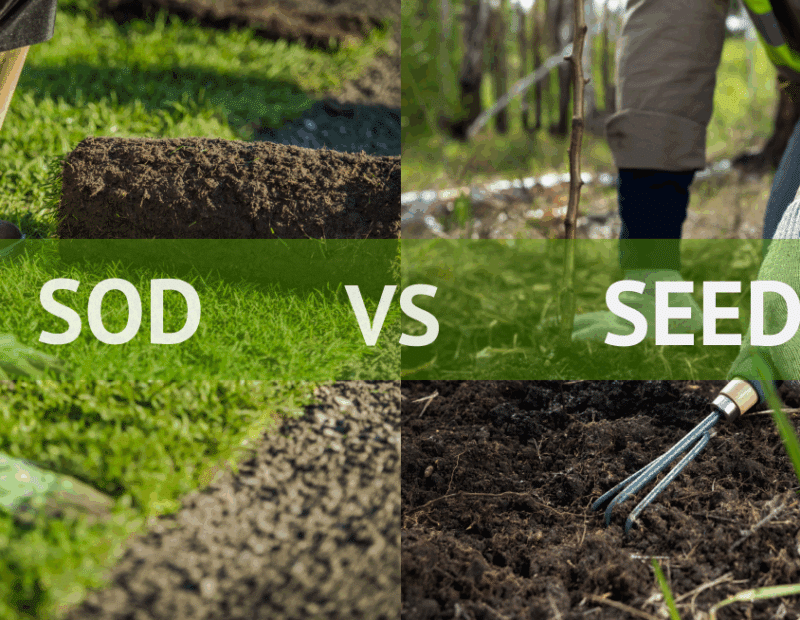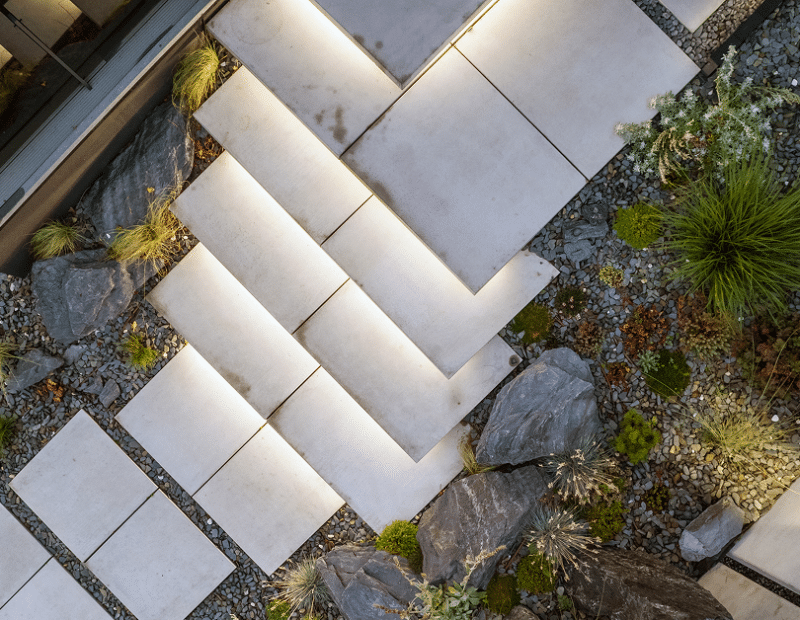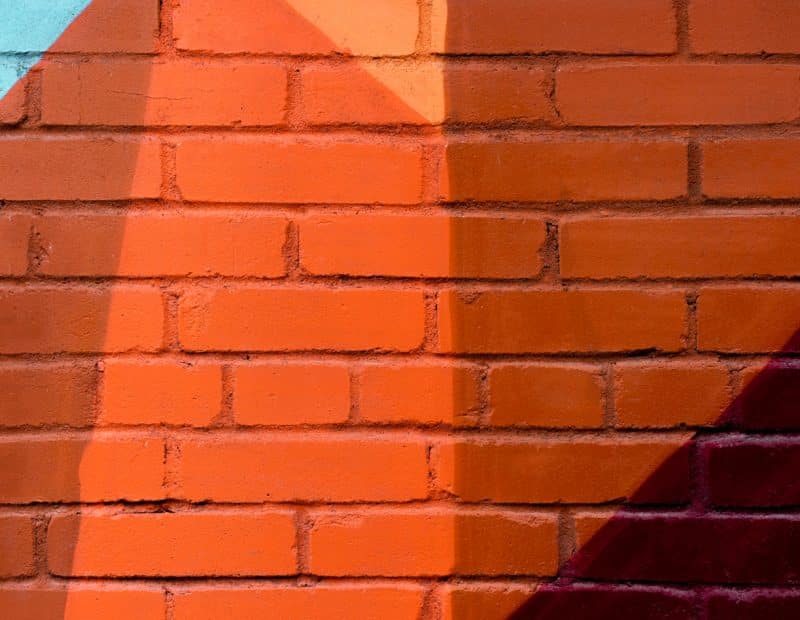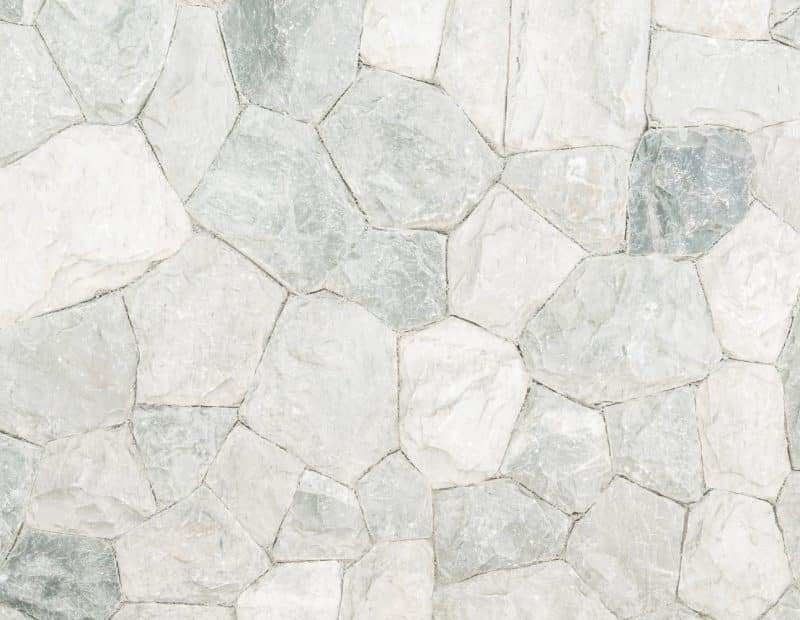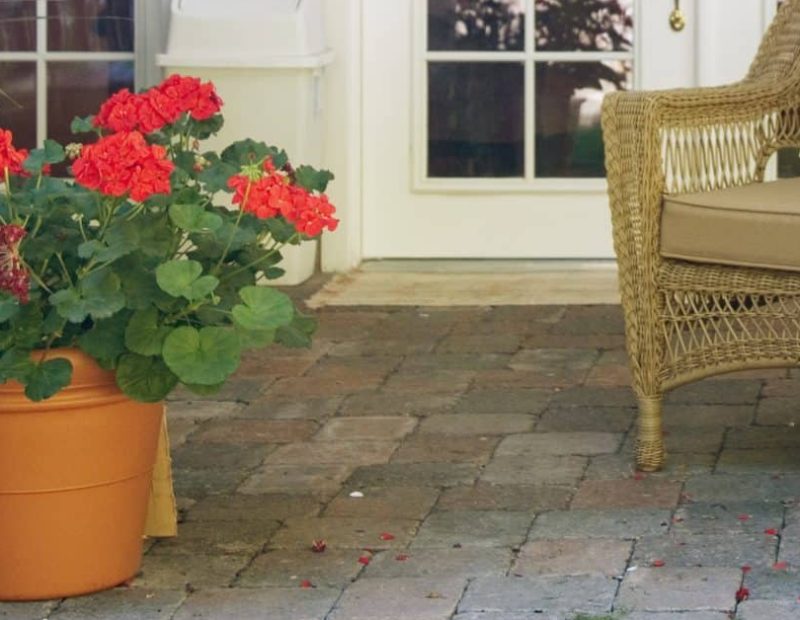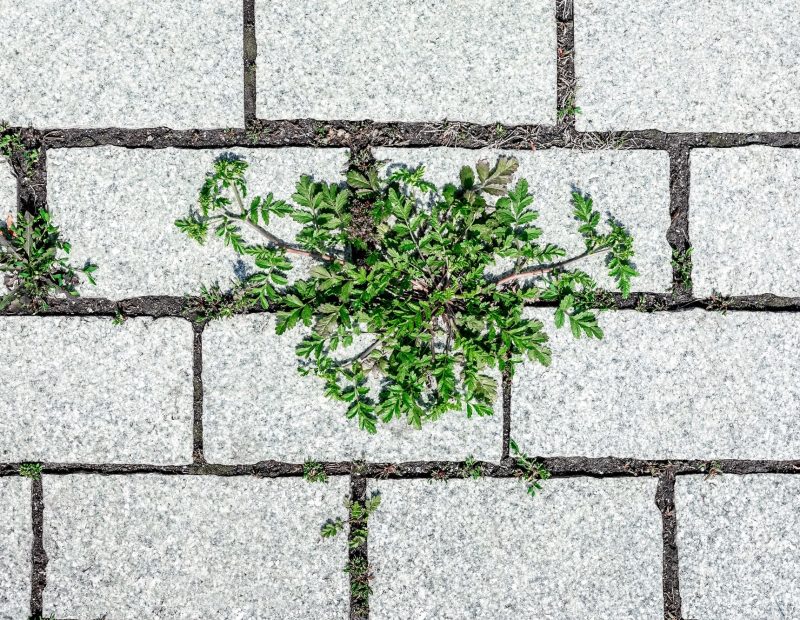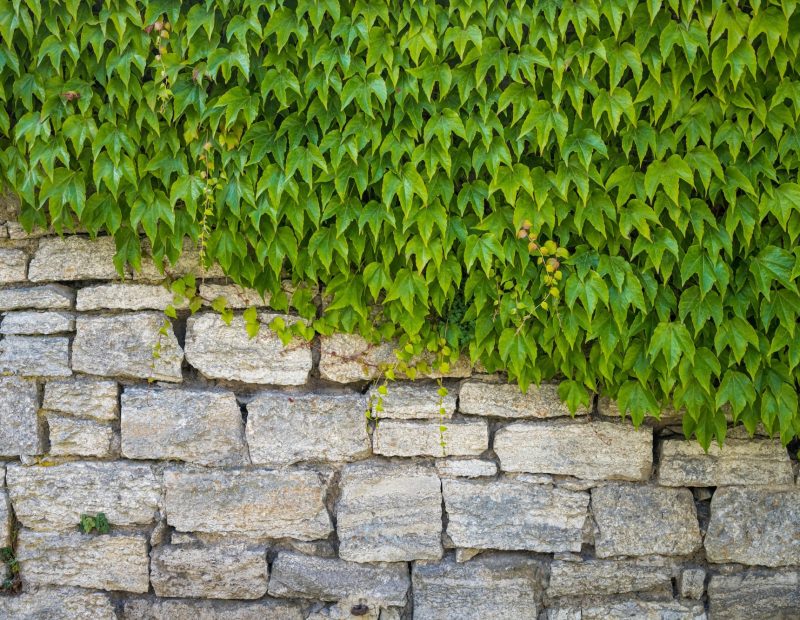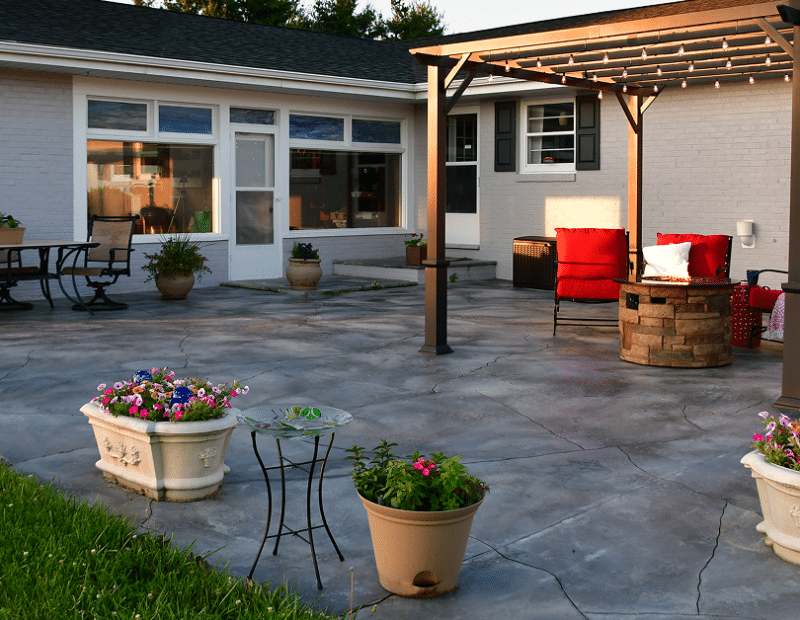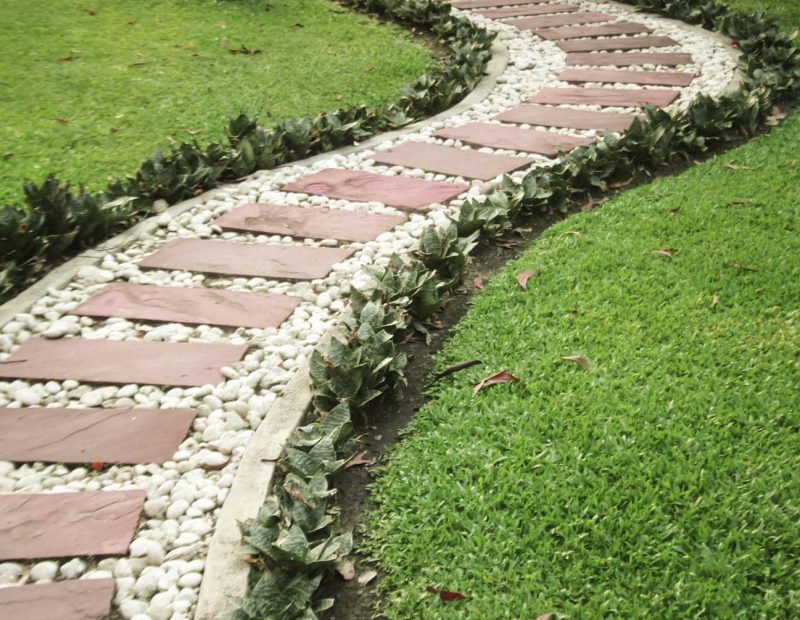Wood Retaining Wall: Top 5 Timber Types for Your Landscaping Project in 2025
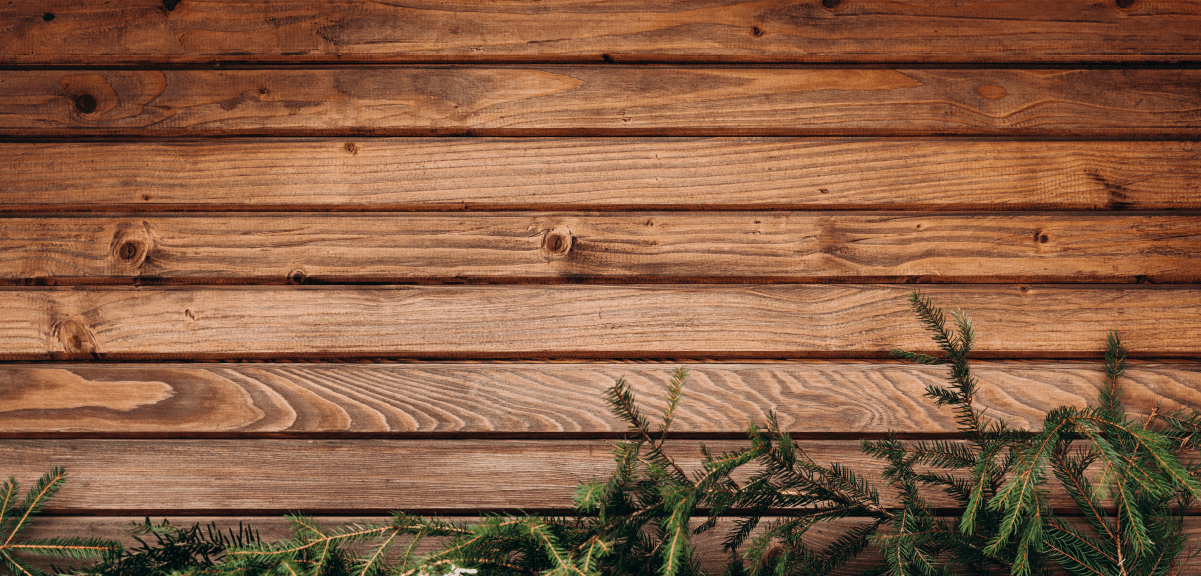
Retaining walls can become a standout feature in your front or backyard when properly installed and designed to blend seamlessly with your landscape. Among the many materials available in 2025, wood remains a favourite for Canadian homeowners thanks to its organic look and lower cost compared to pricier armour stone or concrete options.
Contents
Is Wood Good for a Retaining Wall?
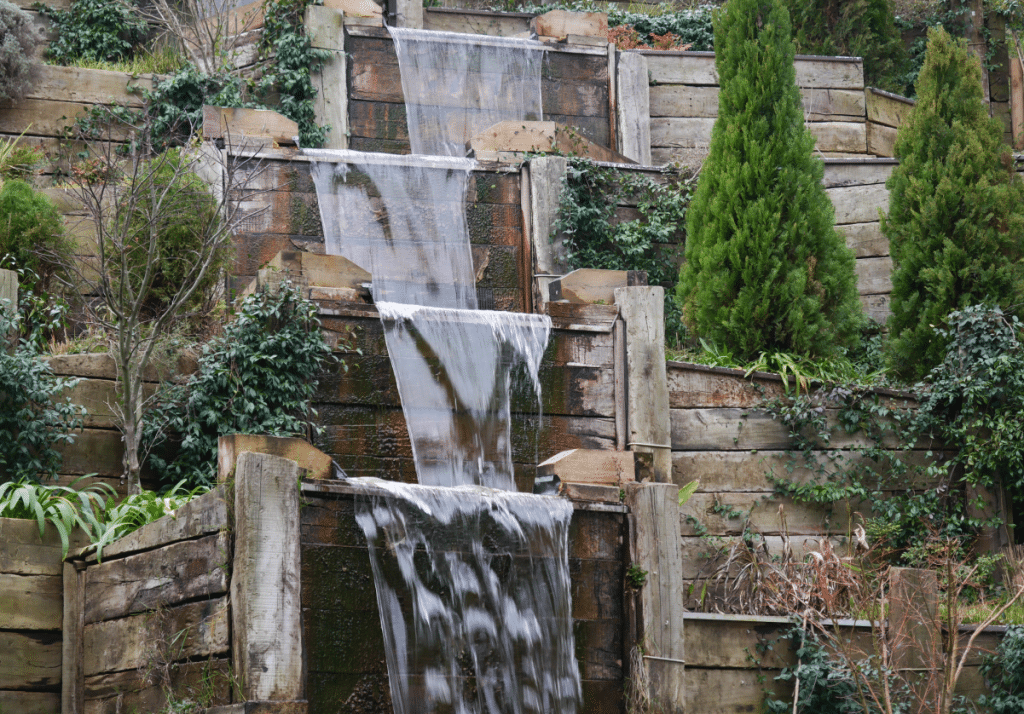
Wood retaining walls are a timeless choice for anyone looking to bring a rustic, natural feel to their outdoor space. These walls are typically built using 6×6, 6×8, or 8×8 timbers, available at most lumberyards and home centers. Their installation requires a basic crushed stone footing and T-shaped timber deadmen for anchoring.
Don’t think that wood retaining walls are limited in design options. They pair beautifully with stone walls and can be enhanced with natural landscape features like boulders, stone steps, and garden plants. A great example is Japanese anemone (Anemone japonica) — a hardy ground cover that can grow up to three feet tall and adds a graceful touch as it spreads along the wall.
While many homeowners think that wood retaining wall installation is a simple DIY project, the EcoPro Home Services team recommends leaving it to the pros. A well-done landscaping project needs a professional touch to meet building codes and ensure durability over time.
Wood retaining wall benefits
Wood retaining walls are not only beautiful, but also incredibly versatile. Because wood is easy to work with, these walls are often faster and more affordable to install, without sacrificing style. They’re a great option for:
- Reinforcing slopes and preventing erosion;
- Creating raised garden beds;
- Framing pathways or staircases;
- Adding a warm, rustic touch to your yard.
There is no material more practical and charming for a retaining wall than wood. When built with the right type of timber and installed professionally, such walls offer both practical support and cozy charm.
What Is the Best Wood for Retaining Walls?
Not all wood is created equal, especially when it’s going to be in constant contact with soil and moisture. With so many options out there for wood retaining walls, it’s easy to get overwhelmed and pick the wrong one. You know you need something that’s durable, affordable, and non-toxic. But what exactly should you choose?
Factors you need to consider
If you are unsure which type of wood is right for your retaining wall, consider these factors to help guide your choice:
- Aesthetic preferences and compatibility with your landscape;
- Budget restrictions;
- Local climate and environmental conditions;
- Maintenance requirements;
- Wall height and soil pressure.
Keeping these aspects in mind, you can choose the best match for your retaining wall. Balancing aesthetic desires and practical needs will help you achieve the best results.
Top 5 wood types for retaining walls
The top choice for lumber in retaining walls, especially those in contact with the ground, is pressure-treated wood. This wood is infused with special substances that get deeply into the fibres, creating a strong barrier against rot, insects, and fungi. It’s crucial for boosting the wood’s durability against external elements.
Juniper
Juniper timbers are a great natural alternative to pressure-treated wood. They’re non-toxic, durable, and highly resistant to microbial decay, even after decades in the ground. Research from Oregon State University shows that juniper can last over 30 years in soil contact. It’s also more budget-friendly than options like cedar or redwood.
Cedar
Cedar is another great option for wood retaining walls thanks to its natural resistance to moisture, rot, and insects. It’s tough enough to handle harsh Canadian weather without warping or rotting. Plus, cedar’s rich colour and texture blend beautifully into any outdoor space, bringing a warm, rustic charm to your yard.
Redwood
Redwood retaining walls bring rich visual appeal to any front or backyard. They’re also naturally resistant to rot and insects, and with proper drainage, can last over 20 years. While it’s not quite as durable as juniper or cedar, this can be easily offset by using thicker timbers to ensure long-lasting performance.
Pressure-treated pine
Pressure-treated pine is one of the most durable wood options, lasting up to 40 years. These timbers are treated with modern ACQ technology, which is safe for both families and the environment. Retaining walls built with this wood are moisture-resistant, strong, and dense enough to stay structurally stable for decades.
Black locust
Black locust is a tough, long-lasting hardwood that doesn’t need chemical treatment to stand up to moisture and soil pressure over time. It’s a solid choice for retaining walls and works especially well for framing garden beds or building raised flower beds. Its rich, warm colour adds unique character and aesthetic appeal to any landscape design.
Wood Retaining Wall Drainage
Proper drainage is key to protecting wood retaining walls from water damage. Without it, water can build up behind the wall, putting pressure on the structure and causing the wood to warp or rot. Over time, this can weaken the wall and lead to expensive repairs or even collapse. A well-designed drainage system keeps water flowing safely and helps prevent these issues.
Regular inspections
To keep your drainage system working properly, it’s important to check it regularly for signs of damage, clogs, or wear. Just setting aside a day or two each week for a quick inspection can go a long way. Catching problems early helps preserve the strength and lifespan of your wood retaining wall.
Cleaning and clearing drains
Routine cleaning is essential for keeping your drainage system in good shape. If you spot debris, leaves, or buildup during your checks, make sure to clear them right away. Keeping the water flow unobstructed helps avoid clogs and ensures your system stays efficient.
Repairing and replacing components
Over time, certain parts of your drainage system may need to be repaired or replaced. Common fixes include patching damaged pipes, swapping out worn filter fabric, or reinforcing drainage holes. Tackling these issues promptly helps keep your drainage system reliable and protects your wall from long-term damage.
Conclusion
When planning your outdoor space renovation in 2025, think of your wood retaining wall as more than just a structural feature — make it a reflection of your style and vision. Whether it’s the timeless beauty of cedar, the rugged durability of black locust, or the rustic warmth of pine, or even a mix of all three, there’s no need to pick just one. Blend materials, shapes, and sizes to create a yard that feels like your own peaceful paradise in today’s fast-paced world.
Wood Retaining Wall FAQ
-
Is a wood retaining wall cheaper than concrete?
Yes, wood retaining walls are usually more affordable than concrete ones, making them a cost-effective choice for your landscaping project. They're also easier to install, which helps reduce labour costs.
-
How long will a wood retaining wall last?
The lifespan of a wood retaining wall depends on the type of wood used. On average, with proper installation and upkeep, it can last anywhere from 20 to 40 years. Local climate and maintenance play a big role in how long it holds up.
-
What is the maximum height for a wood retaining wall?
In most cases, retaining walls shouldn’t exceed four feet in height without special permits. This often depends on local building codes, so it’s best to check with your municipality if you plan to build a taller wall.
-
How can I prevent a wood retaining wall from rotting?
Using a waterproof barrier, such as a tarp, between the wood and the soil can help prevent moisture damage and rot. You can also reach out to our team for tailored solutions to keep your wood retaining wall in top shape.

